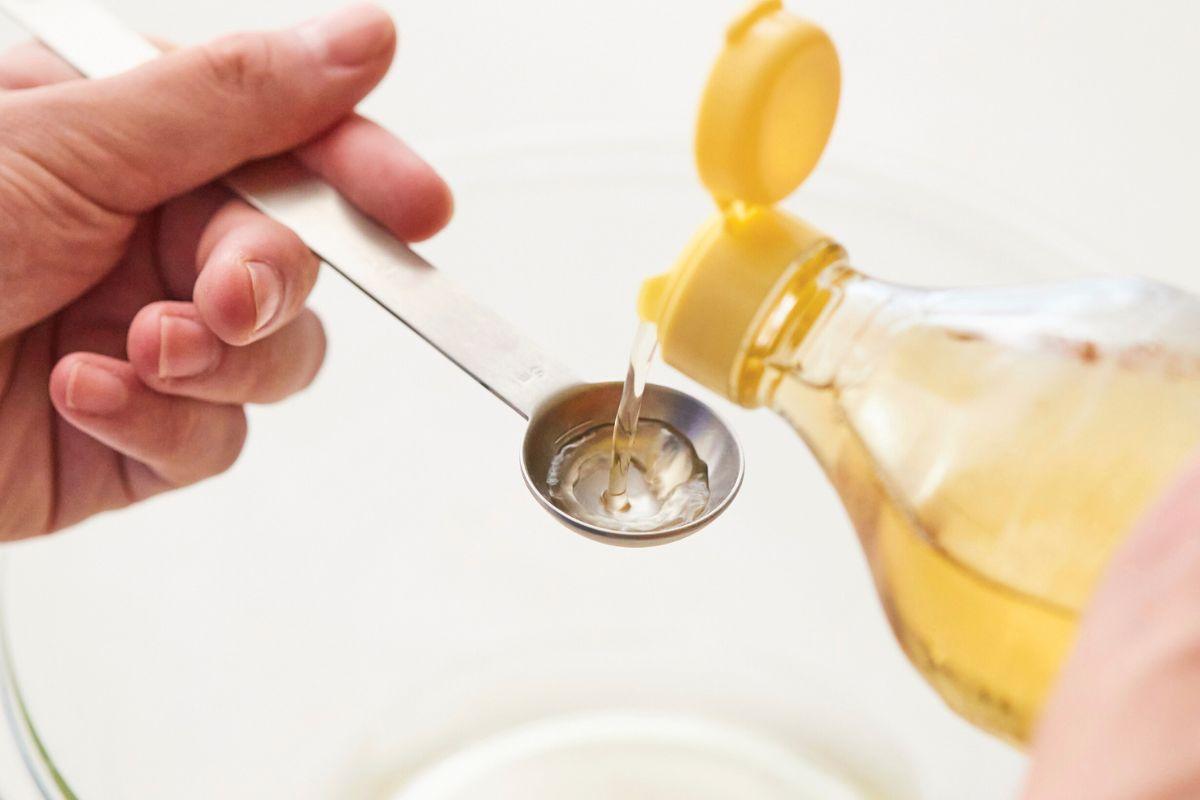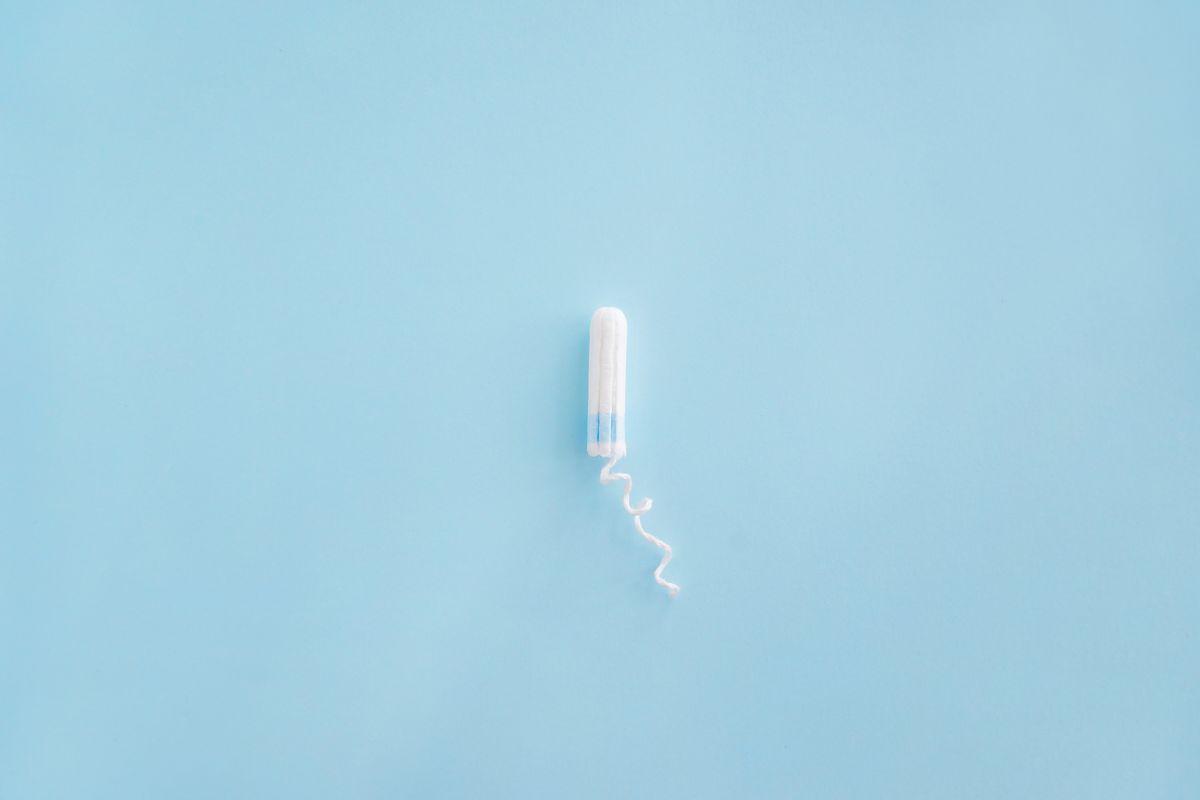Breast augmentation, also known as breast enlargement, is the most popular cosmetic surgery operation worldwide. Since its introduction, tens of millions of patients have undergone breast augmentation with the aim of enhancing the volume of their breasts as well as addressing minor size asymmetries if needed. When groups of breast augmentation patients are asked if they’d had a positive outcome from their surgery about 85% say “Yes”.
The Implants
Breast augmentation is nearly always achieved with a breast implant. Breast implants are made of silicone and come in two different shapes. These are “round” or “anatomical” implants, also known as “tear drop”. All implants have a strong outer shell made of silicone. The shell itself maybe be “smooth” or “textured”. The implants are then filled with a silicone gel. The silicone gel comes in different degrees of firmness which give a slightly different feel to the implant and hence the breast. Firmer gels have to be used in anatomical implants so that they keep their shape. Softer gels can be used in round implants as they are symmetrical. You should always have a discussion with your plastic surgeon about round or shaped, smooth or textured, soft or firm at your consultation as there are pros and cons of each.
Based on your wishes and expectations and following an examination of the breasts your plastic surgeon would be able to advise you of an implant that they feel best meets your expectations and whether the implants should be placed over or under the pectoralis muscle.
The Safety
Overall breast augmentation is a safe operation where the benefits outweigh the risks. However, before deciding to go ahead with a breast augmentation, you should always discuss the risks of the operation and what the future may hold with your plastic surgeon.
Breast augmentation operations are usually carried out under general anaesthetic in hospital, either as a day case patient or with an overnight stay. Following the operation most surgeons prefer to put patients into a supportive bra for a number of weeks during the early healing phase. After about four weeks patients can generally start to return to all forms of normal activity. In most cases six weeks after the operation patients are also back exercising and lifting as they wish.
The Maintenance
Breast implants don’t need changing on a routine basis. However, after a number of years it’s worth seeing your plastic surgeon for an ultrasound scan to ensure that the breast implants haven’t ruptured. Following surgery, the breasts will continue to age naturally and they may also change with pregnancy. I would always say that breast implants going into a young patient will likely need some form of maintenance in the future. And on this basis, patients must also be aware that this carries financial implications. However, in the vast majority of patients, breast augmentation gives a positive result for the patient that will last for many years.




